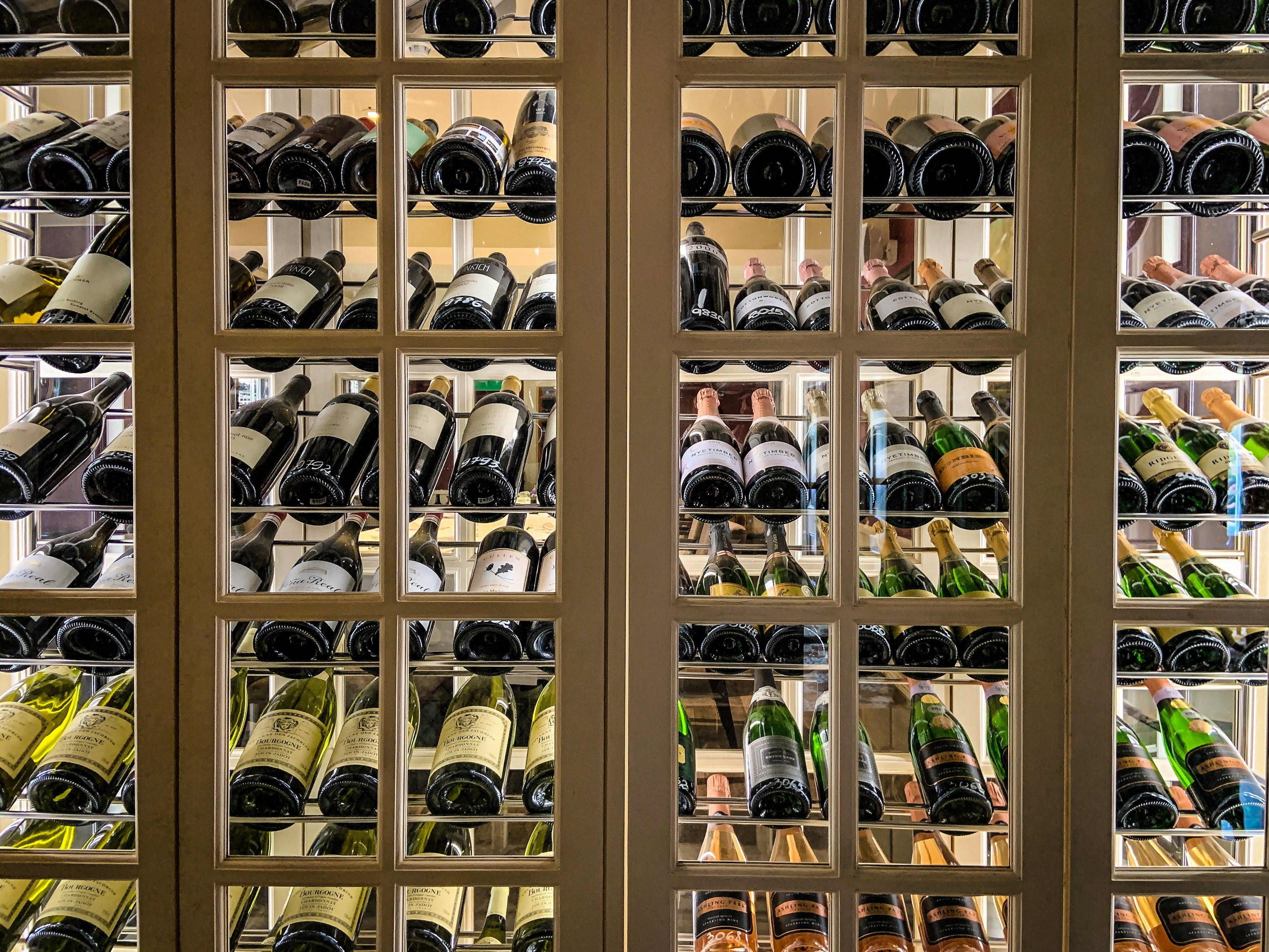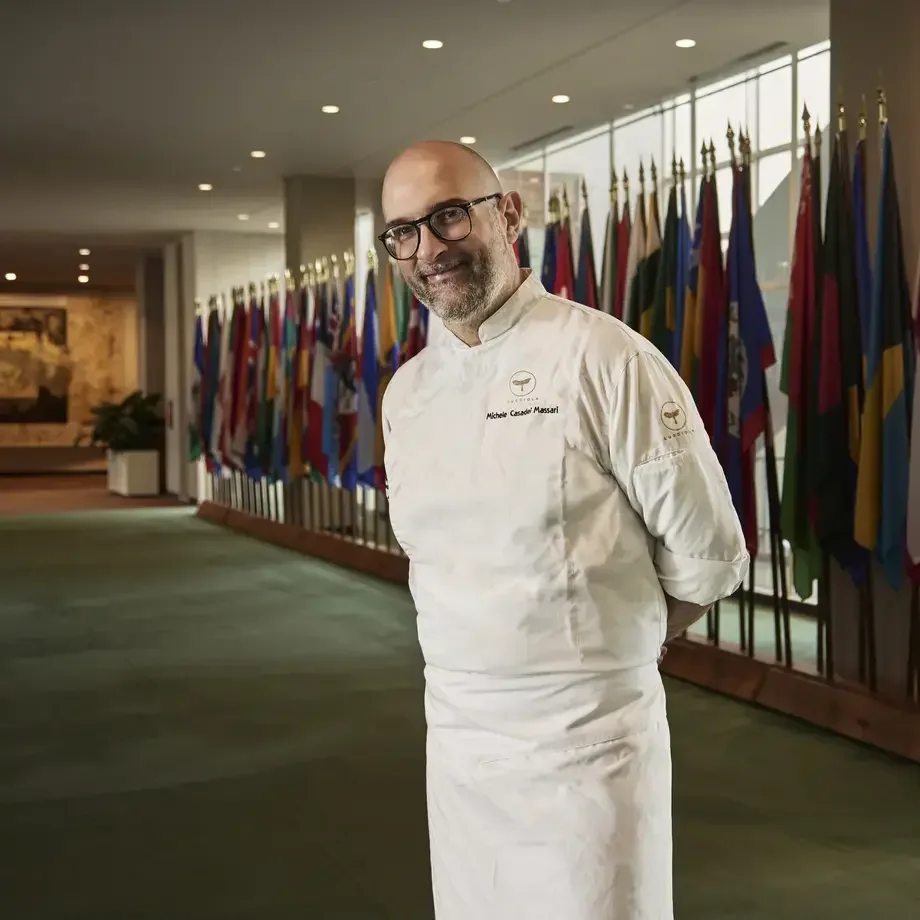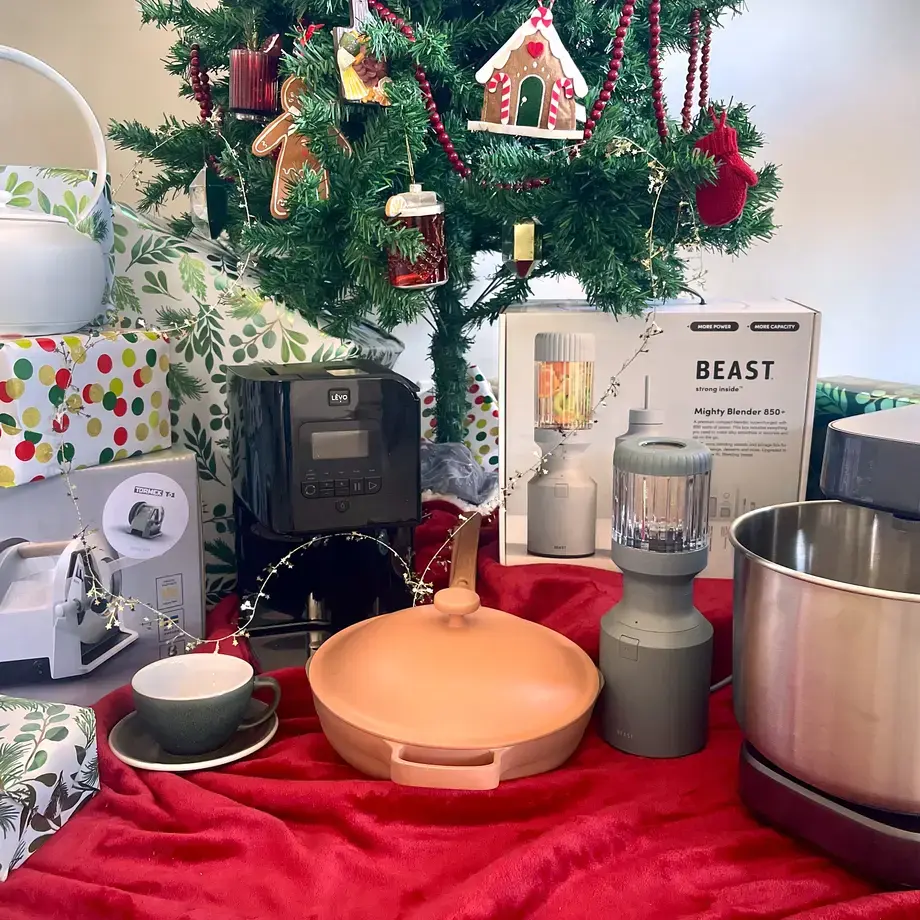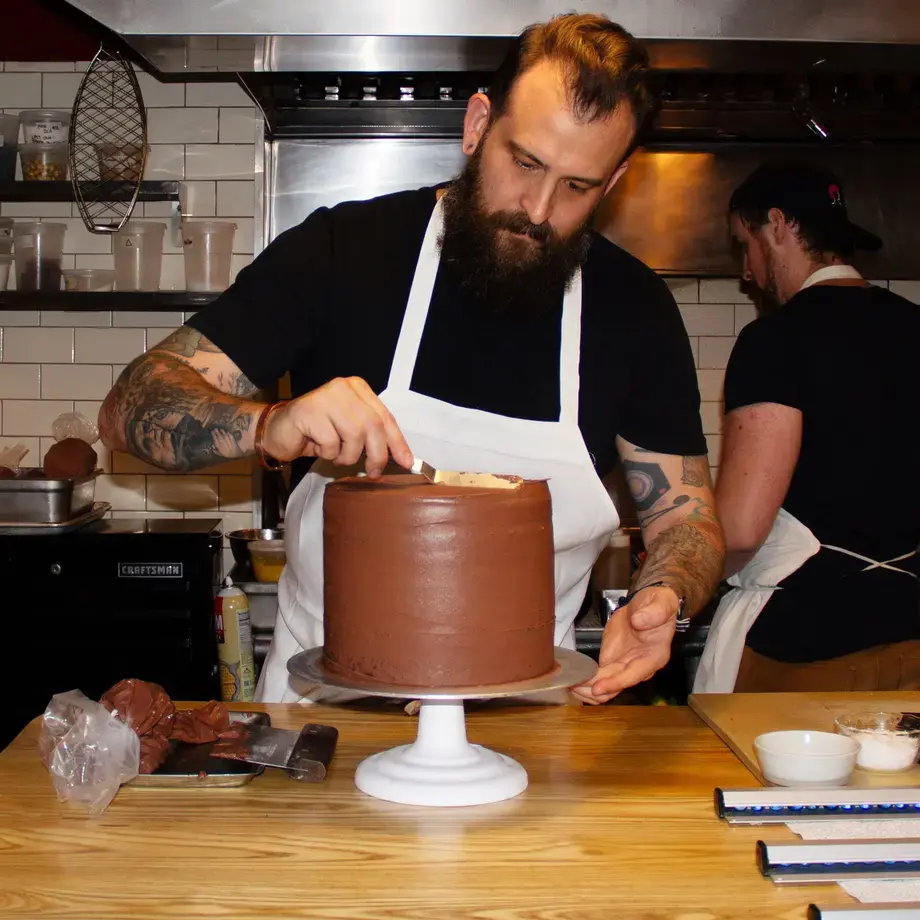As a Certified Specialist of Wine and seasoned beverage writer, I've spent countless hours drinking thousands of bottles with colleagues, critics, and the very geniuses responsible for the sacred liquid: the winemakers themselves. Oh, the pain I have endured for my readers. (Quoting internationally renowned poet Scott Stapp, “This brings tears to my eyes / My sacrifice.”)
But the torture does not stop there, as expertise comes with a price even greater than that of grueling tastings and international travel: yes, I’m talking about requests for recommendations. Believe it or not, some of my friends and acquaintances have had the audacity to ask me for suggestions when it comes to buying wine online—whether for a gift, or to stock up at home.
Yes, I may have a deep understanding of how to navigate the digital wine landscape (and indeed, it’s a jungle out there). But without barraging an inquirer with a seemingly endless list of questions (e.g. “What’s your budget?” “Red or white?” “New World or Old?” “Dry or sweet?” “Carbonic maceration or whole cluster fermentation?”), it’s impossible to recommend a single bottle out of the literally millions and millions of unique wines that exist across varieties, regions, producers, and vintages.
Fortunately, with a little general knowledge and a few insider tips, you can confidently curate your virtual cart and discover some truly exceptional bottles on your own—and without breaking the bank, too. All it takes a quick study of the blueprint for the ecosystem that is the knotty digital vine—one I’ve laid out for you, my friends, below. (As they say, "Teach a man to fish"…)
If you can remember the following few tips, the potential for great finds is at your fingertips:
















